Your estimate is a guess. It expires and it changes. In Predicting the Unpredictable, Johanna Rothman provides practical tips that increase trust, reduces bad management (hopefully), and helps teams transparently deliver valuable software to their customers.
[featured-image single_newwindow=”false” alt=”Zoltar – Greg Lilly – Flickr” title=”Zoltar – Greg Lilly – Flickr”]Zoltar – Greg Lilly – Flickr[/featured-image]
I once inherited a failing project that simply could not fail. A mission critical application had to be replaced, otherwise products would not get loaded in to catalogs, point of sale systems, and online stores. Millions of dollars at risk.
This project had a lot of common problems. The planning and estimates were unrealistic. The features being looked at were too big to be understood and team members were working on multiple projects. Every feature was top priority and many of the features didn’t even exits in the current system.
Worst of all, the stakeholders no longer trusted the project team to deliver.
We needed a prioritized backlog of only the features required to replace the legacy system. It took time and coaching, but we were able to get a few sprints worth of prioritized stories back from our stakeholder. For the first time in months the team delivered a completed feature at the end of the first sprint.
Gradually, the stakeholders came back to the table as we continued to deliver and a great relationship formed. We collaboratively worked off of a product backlog and gained a shared understanding of the project. The were still difficult moments, but the trust was back and features made their way to production.
What weren’t we doing? Estimating. Our ability to deliver and build trust with the stakeholders removed the need to provide estimates. They knew roughly how many features we could deliver in a sprint and the cost of the team was a simple run rate calculation.
We focused on working software and got great results.
“There is an alternative to estimating. Make your features small, as in something you can deliver in a day or so. If you finish something each day, people can see your work product. They trust you. They stop asking you for estimates.” — Johanna Rothman, “Predicting the Unpredictable“
How can you move to this kind of collaboration? Predicting the Unpredictable: Pragmatic Approaches to Estimating Project Schedule or Cost by Johanna Rothman provides ideas and suggestions to improve your team’s processes and ability to deliver value back to your stakeholders.
Rothman challenges the reader to consider why they estimate. “If you estimate because you always have, think about it.”
Management will continue to ask “How much will this project cost?” and “How long will it take?”. It’s how you answer that can make the difference on your projects.
Do you know the “do’s and don’ts” of providing estimates to your management? If not, Chapter 5: “Think About Estimates” will help you out. Have a fixed date and scope and are unsure what to do? That’s covered in Chapter 6. How do you coach a manager who still needs to know “when and how much”? Chapter 9 has your answers.
These are just some of the topics that Rothman covers for those who must fill the need of providing an estimate. For others, she provides a means to focus on working software and a rationale for doing so.
“When creating software, I want to see working software as we create it, because with working software, we learn.”
This is a practical book about the work of creating software and providing estimates when needed. Her estimation troubleshooting guide highlights many of the hidden issues with estimating such as: multitasking, student syndrome, using the wrong units to estimate, and trying to estimates things that are too big.
Overall, this is an immensely practical book that belongs on the shelf of anyone working on an agile team. The practical suggestions on how to handle providing estimates is worth the prices of the book, making the coverage of advanced topics like #NoEstimates a welcome bonus. Highly recommended!
